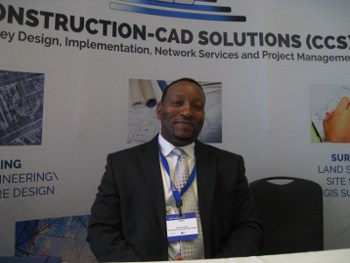In 1998, Pervis Conway was primarily involved with hybrid fibre coaxial, or HFC, cable, and has watched the industry transform over the past 17 years as the technical demands for drafting plans, surveying building sites, securing permits, engineering, project management and building information modeling, or BIM, services have become more and more complex.
And as CEO of Chicago-based CCS (Construction-CAD Solutions), Conway and his company have been providing turnkey network design, site survey and structured cabling solutions for telecommunications, cable and utility providers in the context of a telecommunications ecosystem that has seen total transformation.
These days, any new construction undertaken in most urban areas requires not just a blueprint for the design of walls and elevator shafts and parking garages, but also a plan for where the telecommunications infrastructure is going to go and how it interacts with the grid.

Construction-CAD Solutions CEO Pervis Conway
“You have right-of-ways, you have easements, you have permits, you have certain depths that underground cable has to be dug to, you have joint pole agreements between power companies, and someone has to do that research and determine the best route for you to take your fibre from A to B,” Conway tells me. “In the fibre industry, the more times you have to directional bore or drill pipe underground, the more money you’re going to spend, so people hire us to design their fibre network in the most cost-effective manner.”
Not many companies specialize in dealing with that type of planning and infrastructure design, which involves 3D modeling the actual physical design, detailing how new architecture will be connected to the larger ecosystem.
Read more here.

